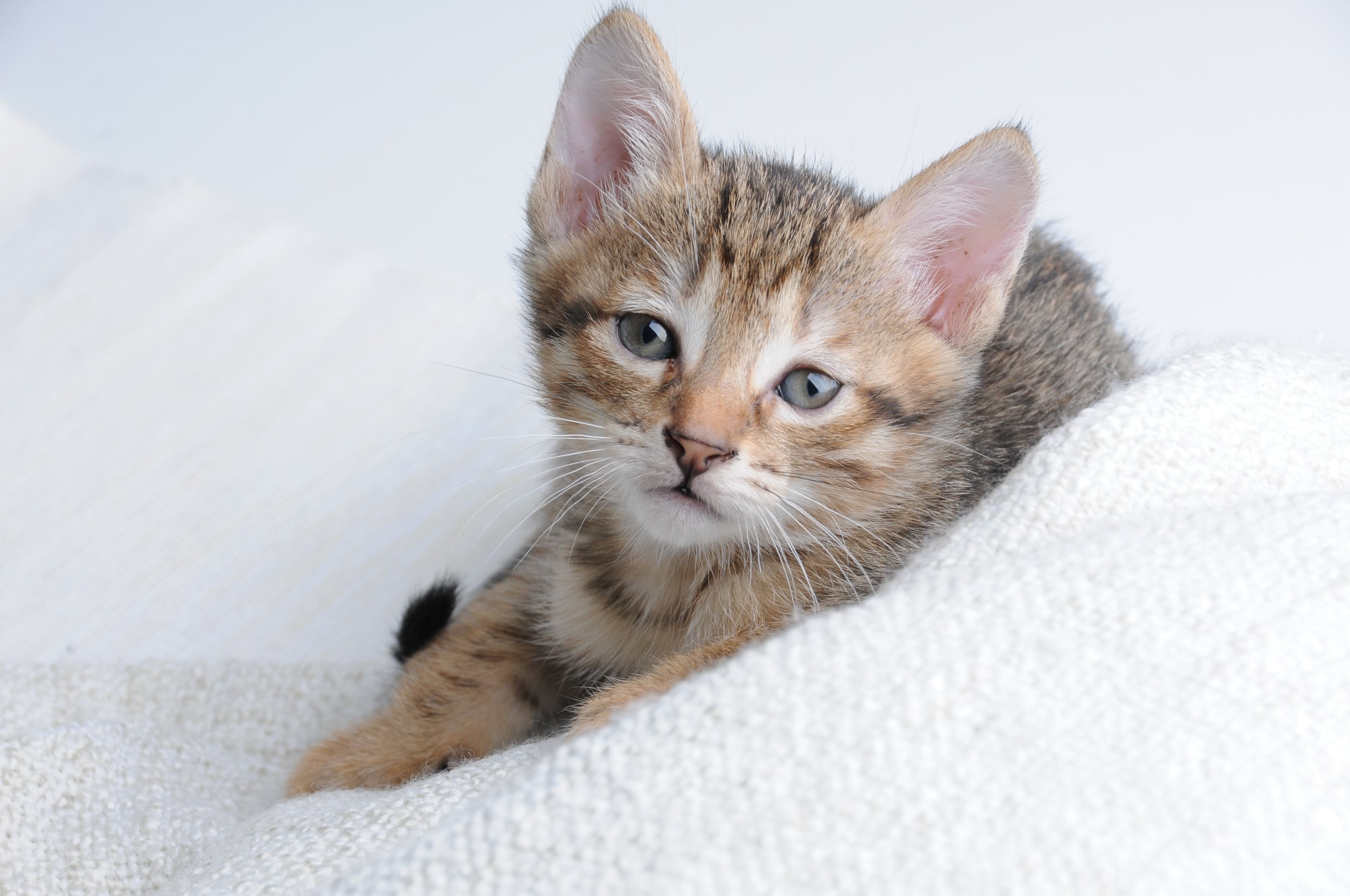Here at Basepaws, we often talk about feline genetics and science. It can be challenging to understand your Basepaws DNA Report or any of the provided literature without adequate background knowledge. To help you get started, here is your crash "Feline Genetics 101" course. This will provide you with sufficient, simplified information that will help you learn more about the genetics of your cat.

Dictionary
1. DNA (deoxyribonucleic acid): A complex organic molecule made of two polynucleotide chains. Polynucleotide chains consist of nucleotides – monomers built from three components: nitrogen-containing nucleobases (A, G, C, T), deoxyribose (sugar) and a phosphate group. The order of these nucleotides in the DNA determines the coding information for the synthesis of every gene product in the body.
2. RNA (ribonucleic acid): An organic molecule composed of one polynucleotide chain. There are many different types of RNAs in the cell. One such type is mRNA (messenger RNA). mRNA is a DNA transcript, and it serves as an intermediate product between a gene (within the DNA) and protein (a gene product). The flow of genetic information within a cell is explained in the Central dogma of molecular biology. The central dogma states that DNA produces RNA (in a process called transcription). While all cells in the same organism have the same DNA, each cell type decides which genes to transcribe into RNA and when to do so. This is how different cell types emerge. The RNA is subsequently translated into proteins.
3. Proteins: Complex organic molecules which serve as the main structural and functional molecules in the body. The genes in the DNA encode the synthesis of many different kinds of proteins. These are subsequently modified and differentiated into molecules which carry out every single function in the body, thus playing a crucial role in health, disease, physical traits, etc.
4. Genome: The entire genetic information of one cell. Every cell in the body contains the same genetic information
5. Chromosome: A DNA molecules which carries a part (or all) of the genetic material in a cell. Cats have 38 chromosomes in each cell, while we have 46.
6. Gene: A sequence of nucleotides in the DNA which encodes the synthesis of a gene product (RNA or protein).
7. Allele: Different variant of the genes gene. For example, a nucleotide at a specific position in gene 1 can be either an A or a T.
8. Dominant alleles: Alleles which are always expressed.
9. Recessive alleles: Alleles which are expressed only in the absence of dominant alleles.
10. Genotype: One part of the genome which determines a certain trait (phenotype).
11. Phenotype: The expressed trait of an organism determined by the genotype. Phenotype is also shaped by environmental factors.
12. Homozygotes: A genotype in which there are two identical alleles for a certain trait.
13. Heterozygotes: A genotype in which there are two different alleles for a certain trait.

Fundamentals of genetics
Genetics is a field in biology which studies genes and heredity in all organisms. Gregor Mendel, a famous scientist from the 19th century, is considered to be the father of genetics. Mendel described how the genes are passed on from parents to offspring. According to Mendelian rules of inheritance, every organism inherits 50% of their genes from their mother and 50% from their father. This concept is accepted to this very day, although we now know much more about how these inherited genes will be expressed in the offspring.
Cats have 19 pairs of chromosomes in their cells (38 in total). 18 pairs are autosomal chromosomes, and 1 pair are sex chromosomes (XY). In each pair of chromosomes, a cat inherited one chromosome from each parent. Therefore, 19 chromosomes are inherited from the mother and 19 from the father. Each chromosome carries distinct variants of genes (alleles). The expression of the genes depends on which alleles the cat carries for each gene.
If the cat has the same alleles of a certain gene, then both alleles will be visible in the phenotype. Cats who carry the same allele of a certain gene are homozygous for this gene. If your cat carries two different alleles of the same gene, they are heterozygous for this gene. Which allele of the two in a heterozygote will be expressed in the phenotype depends on their relationship.
Some alleles are dominant, meaning that they have the ability to "hide" other alleles in the genome and be the only expressed allele in the phenotype. These alleles are always expressed, both homozygotes and heterozygotes. On the contrary, some alleles are recessive, thus being expressed only in a homozygous state. Furthermore, some alleles can also be co-dominant, meaning that they form a joint expression in the phenotype. We have explained both dominant and recessive inheritance in the examples of PKD and myotonia here.

Feline genetics is, of course, a lot more complicated than this. Here at Basepaws we are dedicated to learning more about feline genes, inheritance, health and ancestry. And you can be a part of it! Learn more about our Cat DNA test here.
P.S. Did you know you and your cat share about 90% of your DNA? How pawsome! Here are some other mind-blowing facts about your cat’s DNA. Do you know them all?



